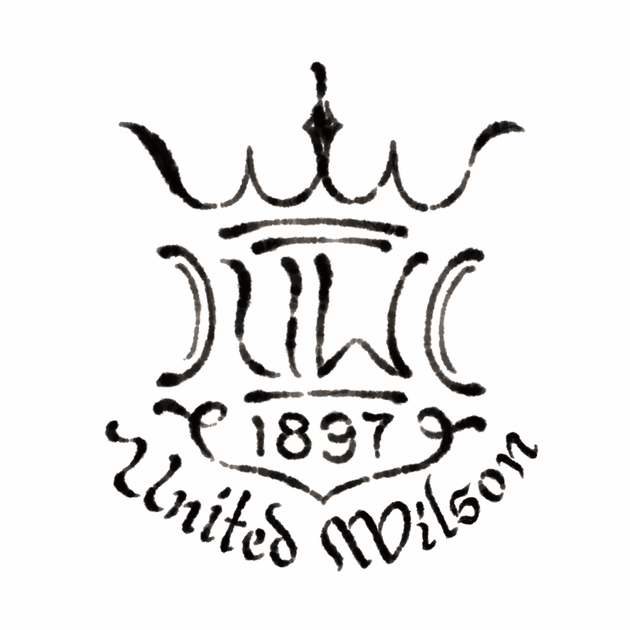
The Tales of Delphinus: A symphony of Myth and Stars

As his melodic verses filled the air, Arion's heart, heavy with the weight of impending doom, found solace in the music. Toward the song's crescendo, he made a fateful decision, flinging himself into the sea, believing it to be a preferable end. And then, from the abyssal depths, a thunderous roar resounded, and Delphinus emerged, a dolphin endowed with the grace of a dragon. It was Apollo, the god of music and poetry, who had sent Delphinus to rescue the beleaguered poet.
In a tragic twist of fate, as the heroic dolphin carried Arion to the shores of Greece, it met its own demise, stranded ashore. The poet's misfortune soon reached the ears of King Periander, who, touched by the story, ordered the dolphin's burial and erected a monument in its honor. With the blessing of Apollo, Delphinus was forever immortalized among the stars, becoming one of the 48 classical Greek constellations.
The enchanting myths of ancient Greece continue to captivate the imaginations of artists and writers to this day. Their enduring influence can be seen in the architecture of grand buildings like the Winter Palace and the Palais Garnier, as well as in cherished objets d'art. Elements of classical constellations, such as Arion's Lyre and the radiant Delphinus, remain an integral part of their designs, serving as a timeless testament to the enduring power of myth and the celestial dance of stars.
The allure of the sea has beckoned humanity for ages, its depths hiding mysteries known only to the bold and the brave. Throughout history, sailors and poets alike have spun tales of mystical creatures that dwell beneath the waves. From the legendary hippocampus of Greek mythology to the mighty kraken that haunted 18th-century European waters, even the benevolent dolphins have weaved their way into the ancient lore of Byzantine, Arab, European, and Chinese cultures. These creatures were said to rescue troubled ships and foretell calm seas, their stories intertwining with the rich tapestry of human mythology.
Among these mythical creatures, one stands out—a dolphin with the majestic features of a dragon, born from the annals of Greek mythology and giving rise to Delphinus, one of the 48 classical Greek constellations. The tale unfolds in the 7th century B.C., with a Greek poet named Arion of Lesbos and a band of mutinous sailors.
Arion, a court musician at the palace of Periander, the ruler of Corinth, had earned a reputation throughout Greece for his unparalleled skill with the lyre. His concert tours in Sicily and southern Italy had garnered him admirers and wealth, but fortune often attracts the wrong kind of attention. While returning to Greece by ship, jealousy festered among the crew, leading to a sinister plot to kill Arion and seize his riches. Surrounded by sailors brandishing drawn swords, Arion pleaded for one last song—a hymn to Apollo.


United Wilson Porcelain Fty.
Flat D, 11/F, Block 2, Kingley Industrial Building,
33 Yip Kan Street, Wong Chuk Hang
Hong Kong



